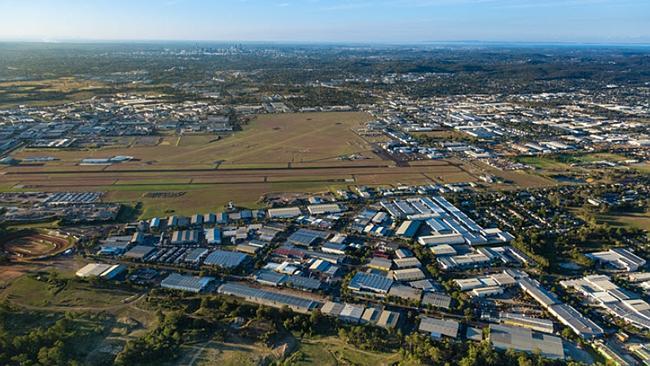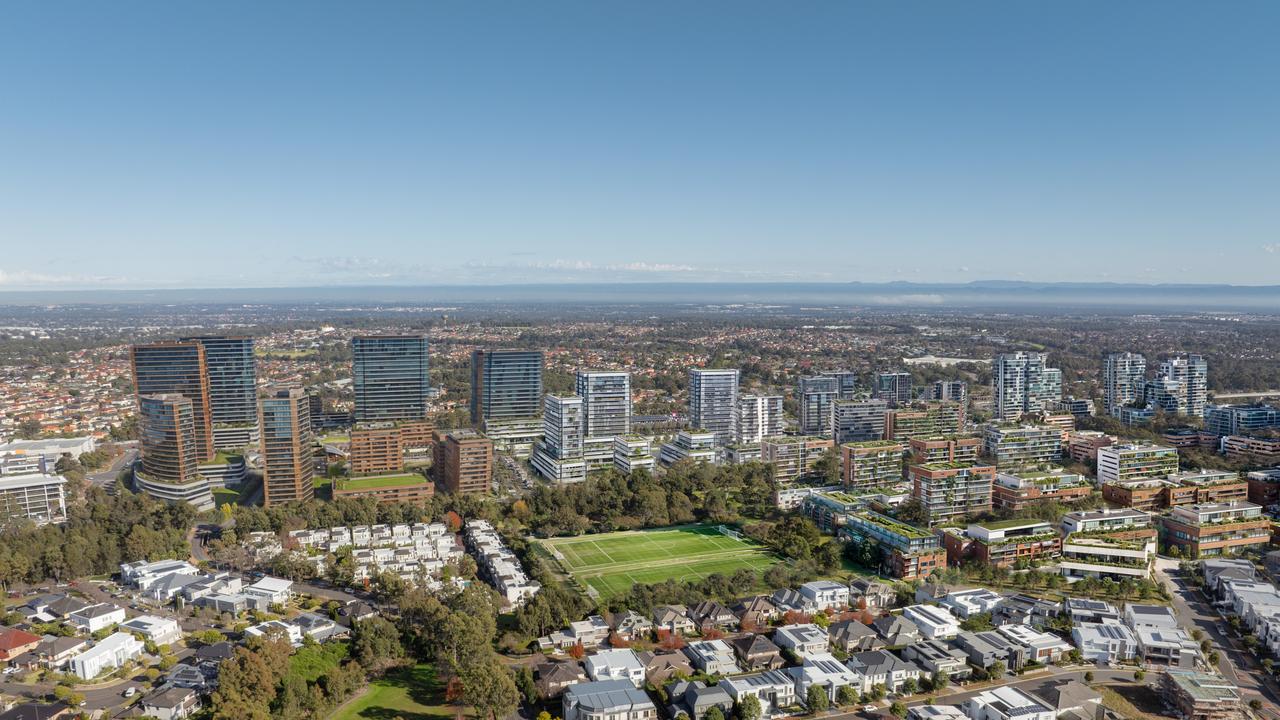Industrial strength yields hard to resist
AS the RBA sits on its record low cash rate, the point sinks in that yield is now the outstanding factor for investing success.

WITH every passing month as the RBA sits on its record low cash rate of 2.5 per cent the point sinks in deeper that yield — the amount you get paid for investing in an asset (regardless of price appreciation) — is now the outstanding factor for investing success.
As a legion of investors chase returns that beat cash, the hunt widens beyond utility-style shares on the stockmarket and into the richest of all yield arenas ... non residential investment property.
It’s hard to believe that while government bonds or cash offer little more than 3 per cent and residential property offers about 4 per cent, non residential industrial property offers a whopping 6 per cent and higher.
Private investors are turning to industrial, retail and commercial property as the final frontier as intense competition has bid up prices and forced yields elsewhere to “compress”: In other words to “come down” across the board.
Three years ago bank shares were offering almost 7 per cent now they offer around 5 per cent. Cash was yielding 5 per cent now it generally gets about 3 per cent, bonds (Australian 10-year) were yielding roughly 4 per cent now they are closer to 3 per cent too.
Separately, residential property — the yield asset favoured by the majority of private investors has always lagged way behind industrial property when it comes to yield. However, in recent times residential property yields have lagged dramatically.
In the more expensive residential areas yields have dropped to absurdly low levels. Here’s the gross yield in some of the nation’s most expensive suburbs according to Australian Property Monitors:
● Deakin (Canberra) 3.4 per cent,
● Hunters Hill (Sydney) 2.7 per cent,
● Dutton Park (Brisbane) 3.6 per cent,
● Middle Park (Melbourne) 2.8 per cent,
● Mount Pleasant (Perth) 3.2 per cent.
● Malvern (Adelaide) 3.3 per cent.
These are exceptionally low yields and they are gross — before expenses. Being realistic about it, investing in residential areas with these sort of returns is strictly about hoping the prices will rise because the “yield” often can’t even match annualised inflation.
In contrast, a note from AMP earlier this month made the point that non-residential property is in a sweet spot: “The commercial property risk premium is about as high as it ever gets,” said the group’s chief economist Shane Oliver. To put that statement another way: Comparing non-residential property to bonds, the extra return you get from property is as high as anyone has ever seen.
So what’s an investor to do? An immediate move might be to explore non-residential property through listed property stocks or A-REITs. The issue here is that the yields in this area have already compressed.
For the record A-REIT stocks have a yield (before franking effects) of about 4.4 per cent … that’s pretty good, but big banks offer a yield of about 5.3 per cent.
What’s more there is a generation of investors who will be very slow to fully trust A-REITs again after the scandals, collapses and general rampant greed which characterised the sector in the GFC era.
The most active investors are now clearly moving into “direct” non-residential investment. They are led as always by the 1 million strong DIY fund sector.
For these investors the prospect of investing in a busy well-let industrial zone or retail strip offers more attractions than sinking money into the “skyscraper-race” zones of inner Sydney and Melbourne where even industry insiders such as BIS Shrapnel are warning investors there will be trouble down the track.
Choosing within the three sectors of non-residential property: commercial (offices), retail (shopping strips) or industrial property (industrial estates, warehouses and factories) it seems industrial has the wind at its back: any investment sector in 2014 which can legitimately offer 8 per cent yields is a winner.
There are negatives of course: The obvious limitations is a high barrier to entry and a lack of liquidity. Industrial property is also an area where there are longer leases than residential so there can also be longer gaps between tenants.
The economic backdrop to industrial property is improving and the same can be said for retail. The “take up” rate in Melbourne is running at a very strong 26 per cent ... no wonder real estate agents estimate that investment demand in that market has more than doubled in the past year.
Trial Eureka Report FREE for 21 days. Register now atwww.eurekareport.com.au



